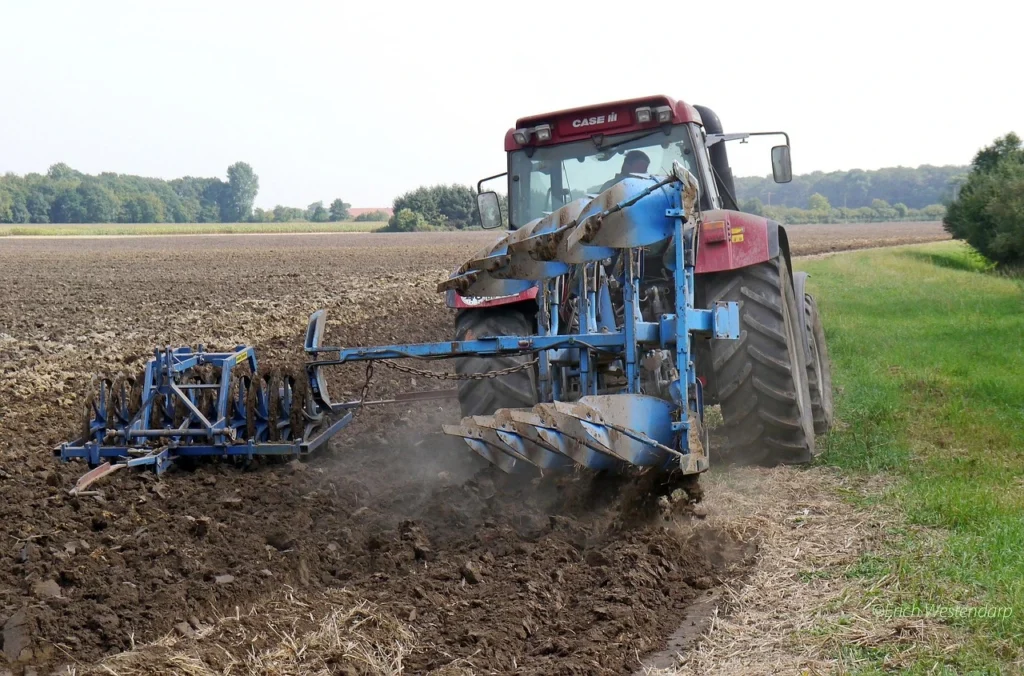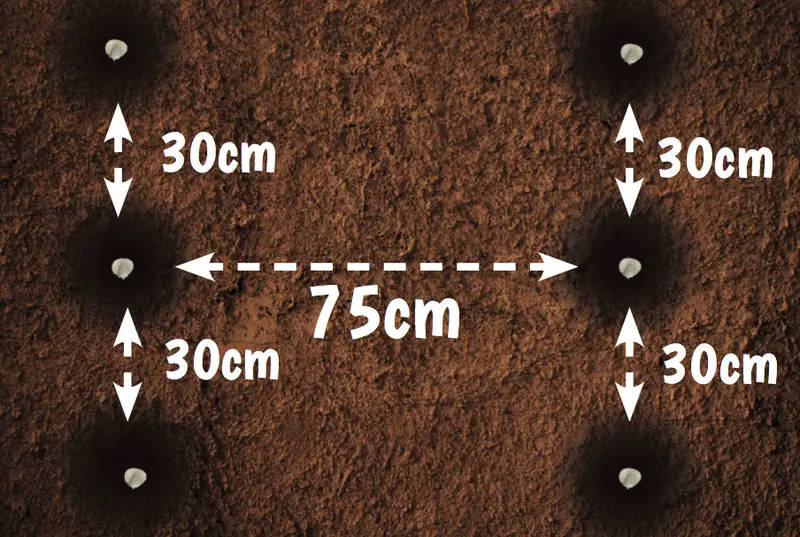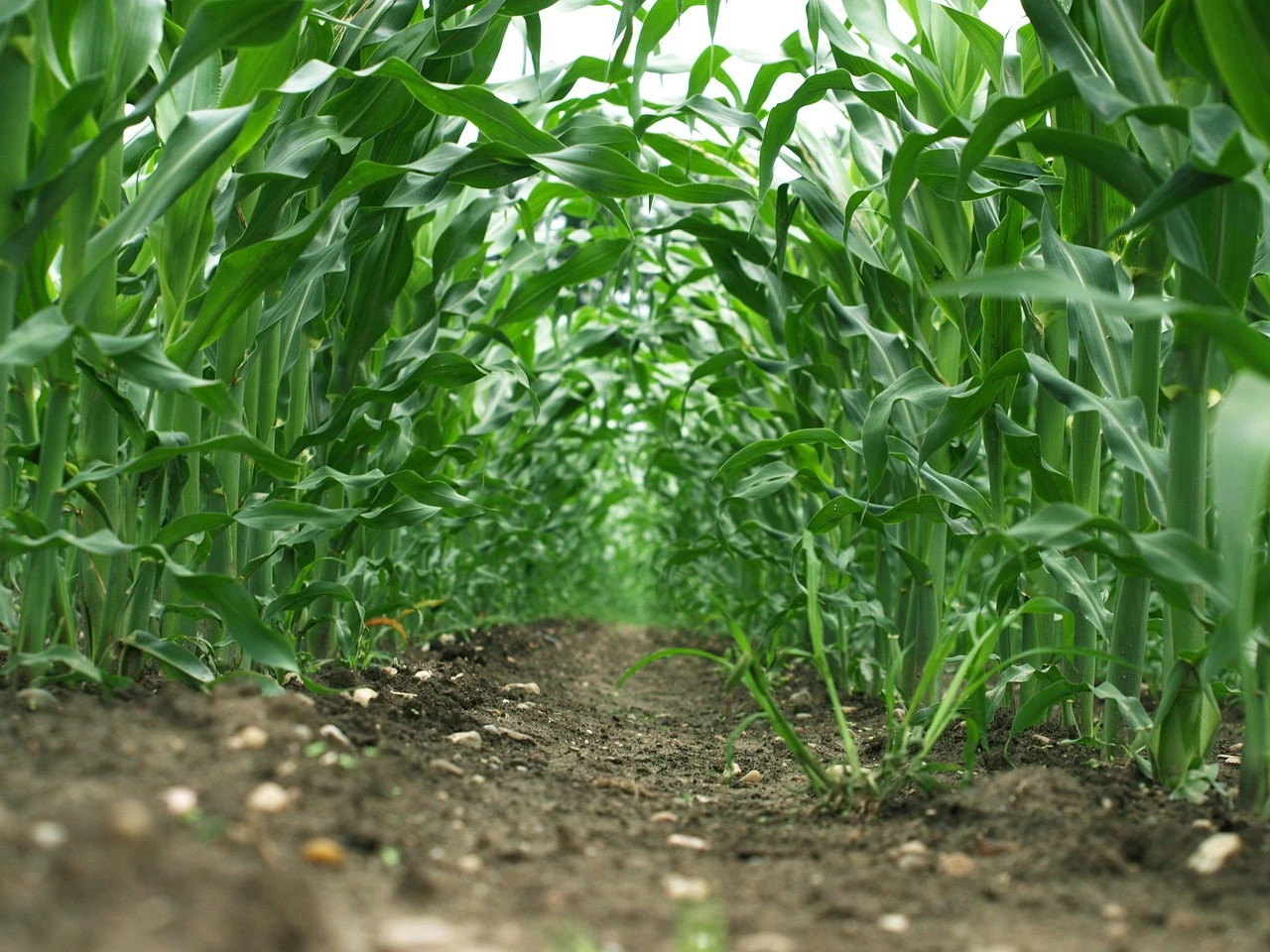Introduction
Are you a prospective farmer thinking of starting maize farming in Kenya? Well, there are several facts that you ought to have to make an informed decision. According to the statistics released by the Kenya National Bureau of Statistics (KNBS) in 2023, maize was the second most consumed food in the country. It is estimated that 90% of households in the country consume maize, which translates to about 63.3 kilograms per capita. At the moment, Kenya is experiencing an increasing population, which means that the demand for maize will increase year on year, hence making it a profitable opportunity for both small and large-scale farmers.
To succeed in maize farming in Kenya, you need to understand the best maize varieties, climatic conditions, Good Agricultural Practices (GAPs), effective pest and disease management techniques and harvesting and post-harvesting practices. This guide will explore some of the most significant steps to help you achieve a profitable maize harvest.
Step 1: Variety Selection during Maize Farming in Kenya
Choosing the correct maize seed is the first and most crucial step in maize farming in Kenya as it directly affects output. Maize varieties in Kenya are categorized according to their performance under various climatic conditions and degree of resistance to pests and illnesses. The Kenya Seed Company/KALRO presents the following examples as some of the best varieties:
- H6213, H614, and H624 as ideal maize seeds for high-altitude areas such as the Rift Valley.
- H511, H513 and Duma 43 as suitable varieties for mid-altitude areas such as Marakwet and Keiyo
- DHO1, Sungura and DH02 are appropriate for low-altitude and drought-prone regions such as Machakos.
In order to avoid incurring losses in maize farming in Kenya due to poor germination, ensure that you only purchase certified seeds from reputable suppliers or agrovets. Quality seeds translate to a fruitful harvest.
Step 2: Land Preparation for Maize Farming in Kenya
Once you have chosen the correct seed, proceed to land preparations, which involve three core steps. First, clear the land by removing weeds, stumps, and crop residue through herbicides or fire.
Second, plow the land at least twice, two to three weeks before planting. The most conventional methods for plowing in Kenya include using a jembe, ox plough or tractor. This will ensure the compacted soil is broken, thus facilitating better moisture retention and nutrient absorption.

Finally, it is advisable to harrow the land, though it is optional. Harrowing helps break large soil lumps, creating a fine seedbed appropriate for planting. If your soil has poor fertility, you should consider spreading organic manure or compost during harrowing to boost the nutrient content.
Step 3: Planting Maize Seeds
Planting maize seeds must be done in accordance with several key steps. Planting should happen within two weeks after the onset of rains, and there should be about 30cm of wet soil. The rows should be separated by 75cm while one plant from the other should have a spacing of 25 to 30cm.

Notably, if you are planting in a low altitude or dry region, you should use a spacing of 90 cm between the rows and 30cm between one plant and the other. Maize seeds should be planted with fertilizer with Di-ammonium Phosphate (DAP) applied at a rate of 50kg per acre. Once the seeds germinate and reach knee-high top, dressing should be done using calcium ammonium phosphate (CAN) at a rate of 92kg per acre. Use about 10-15 kg of seeds per acre for optimal plant population.
Step 4: Weeding and Pest Control in a Maize Farm
Weeds compete for nutrients and sunlight with maize crops, especially in the first four to five weeks after germination. The first weeding session should preferably be done manually using a hoe or hands within the early phases after germination.
The second weeding should be done once the seedlings reach knee-high. Besides manual weeding, farmers can use pre-emergence and post-emergence herbicides such as Glyphosate and Lasso to suppress weeds. Pests are also a problem for maize farmers, especially Fall Armyworms and Stem Borers, which should be controlled by spraying pesticides.
Step 5: Harvesting and Post-Harvesting Management
Maize takes about 5 to 6 months to grow to maturity. It can be harvested by hand. A farmer can deduce that it is time to harvest if the maize has yellow leaves with brown, dry, papery husks. Once the maize is harvested, the farmer has to dry it until the moisture content goes below 13%, an objective that should be achieved after shelling. Protection from insects such as weevils and rodents is a priority after harvesting; hence, farmers should ensure they have the right storage spaces.

